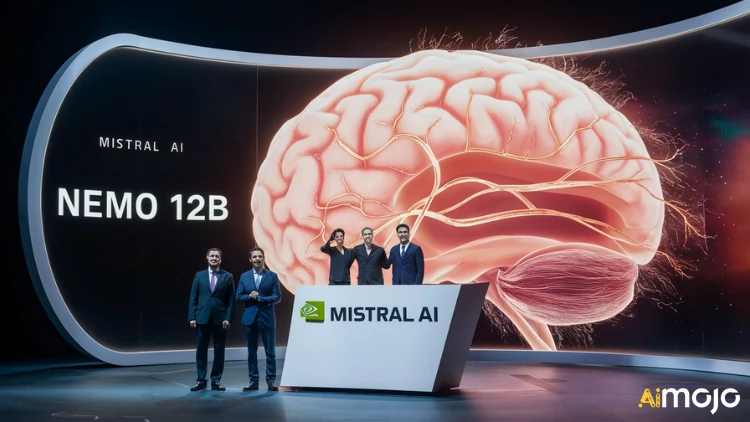From AI-enhanced diagnostics to self-driving imaging systems, MedTech is rapidly evolving—and generative AI is at the heart of the transformation.
Modernising Healthcare With Generative AI
Healthcare is shifting away from traditional, paper-based workflows and toward real-time, data-rich ecosystems. Generative AI (GenAI) is emerging as a key enabler in this evolution, helping streamline research, personalise care, and optimise operations. Its adoption spans R&D, commercial functions, and supply chain management—areas that demand both speed and precision.
According to McKinsey, MedTech firms could unlock up to $55 billion annually through productivity gains, with an additional $50 billion in revenue potential from AI-driven products and services. A growing share of executives—about two-thirds—report having implemented GenAI already, with one-fifth scaling it significantly across operations.
R&D: The Frontline of AI Adoption
Of all areas in MedTech, research and development has embraced GenAI most aggressively. Individual researchers are using AI to summarise scientific literature, automate repetitive tasks, and accelerate experimentation—even when company-wide AI strategies aren’t yet in place.
This grassroots adoption is making a measurable impact. Some companies report a 20–30% increase in research productivity, thanks to reduced administrative burden and faster insights.
Still, human oversight remains critical. AI helps with the heavy lifting, but expert review ensures the accuracy and compliance of final outputs.
Redefining Metrics in Healthcare Product Development
For healthcare programmes, success is measured by more than just profit—it’s about outcomes, efficiency, and patient satisfaction. To that end, organisations are increasingly focused on key performance indicators (KPIs) such as:
- Operational efficiency: Speed to market, AI-assisted labelling (which has improved operational efficiency by 20–30%), and resource utilisation.
- Clinical quality and outcomes: Measuring how innovations translate to better care.
- Regulatory readiness: Ensuring documentation and compliance are baked into every stage of development.
By tracking these metrics, companies can strike the right balance between innovation and regulation—especially when moving from prototype to product.
Designing for People, Not Just Performance
Technical capability alone no longer defines success in MedTech. User experience (UX) now plays an equal role. This shift is reflected in recognitions like the UX Design Awards, where top-performing products seamlessly merge clinical precision with intuitive design.
Take Siemens Healthineers’ CIARTIC Move, a self-driving 3D imaging system surgeons can control wirelessly. Or ASUS’s HealthConnect app and VivoWatch Series—AI-powered wearables with consumer-grade interfaces that still meet clinical standards.
These innovations prove that UX isn’t a “nice-to-have”—it’s a requirement for patient trust and widespread adoption.
Bridging Regulation and Innovation With AI
Navigating the complex regulatory environment in healthcare can slow down even the most promising products. But GenAI is streamlining this process too, automating document preparation, integrating structured and unstructured data, and supporting regulatory compliance from the start.
By embedding regulatory thinking into product development early, companies are able to stay nimble while meeting strict industry standards. This dual-track approach—innovation with compliance—could become the blueprint for future-ready MedTech development.
Conclusion: A Smarter, Faster, More Human Future
From backend processes to bedside experiences, AI is shaping a new era for healthcare. MedTech’s embrace of GenAI isn’t just about efficiency—it’s about building a system that’s faster, smarter, and more responsive to both providers and patients.
As more players invest in these capabilities, expect a wave of innovation that puts intelligent, human-centered care at the forefront of global health.









